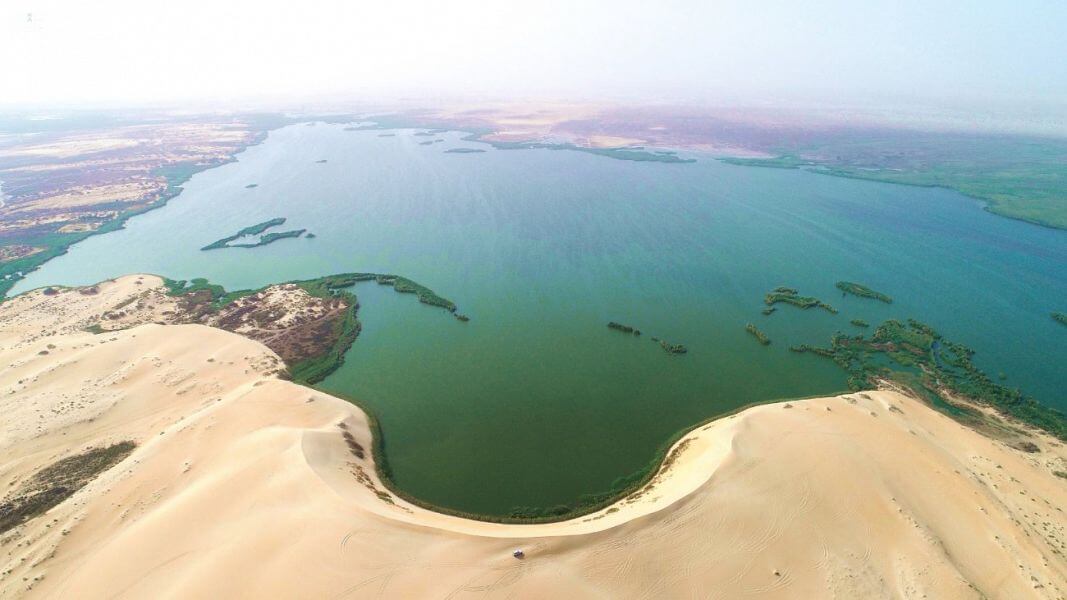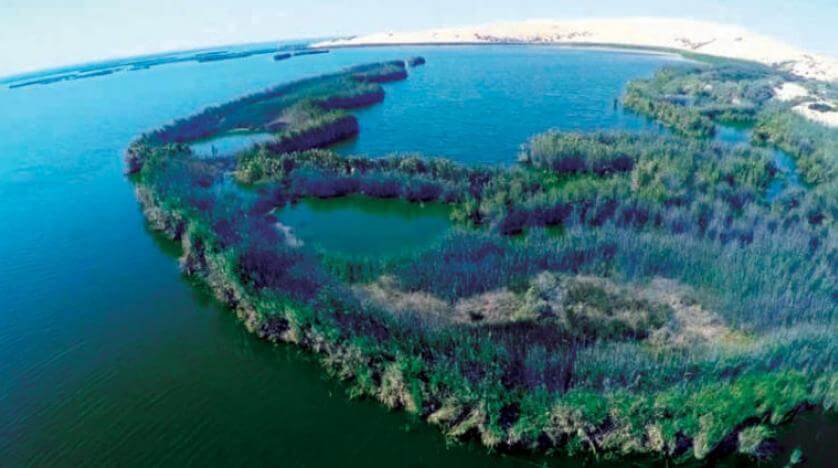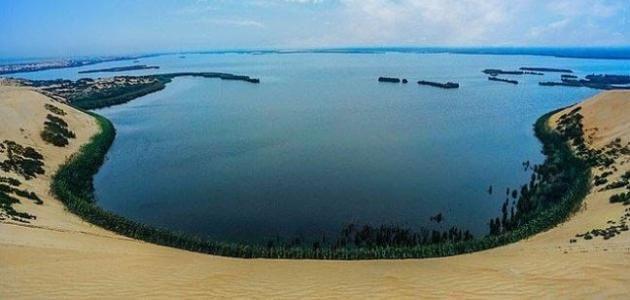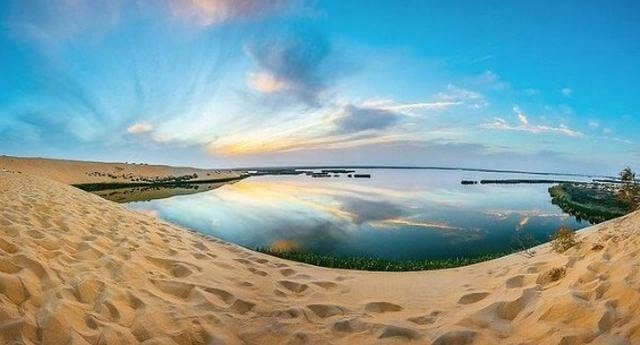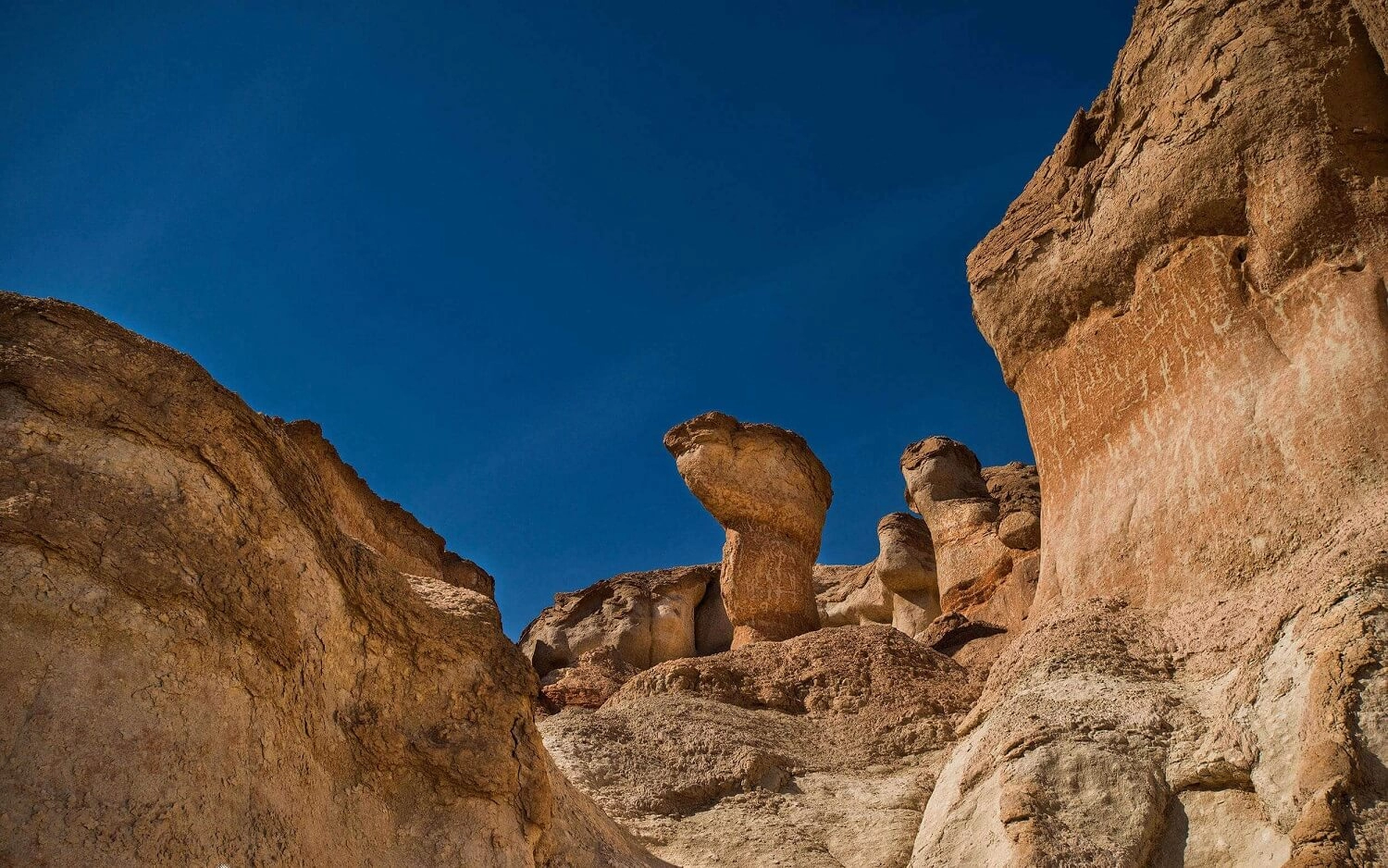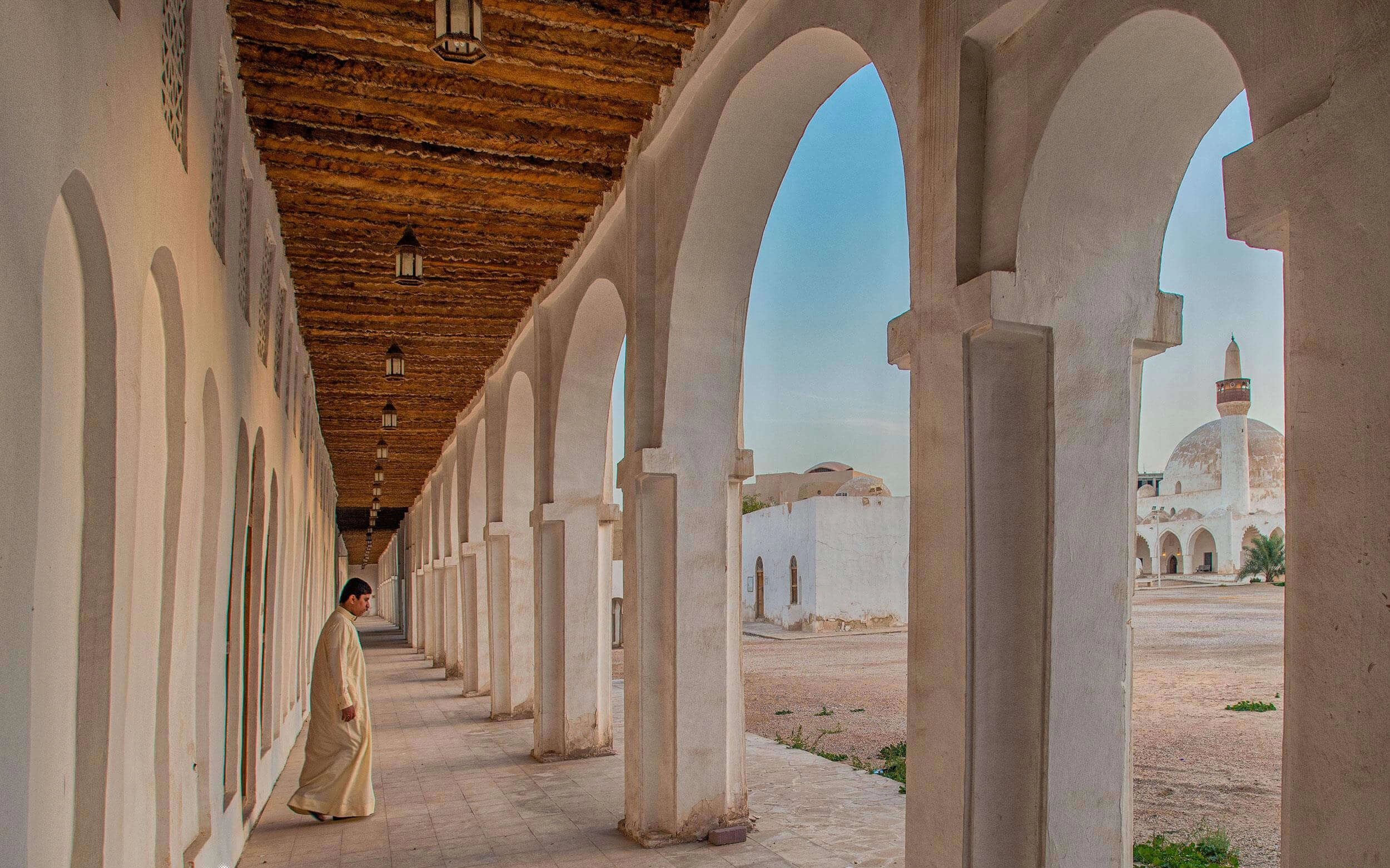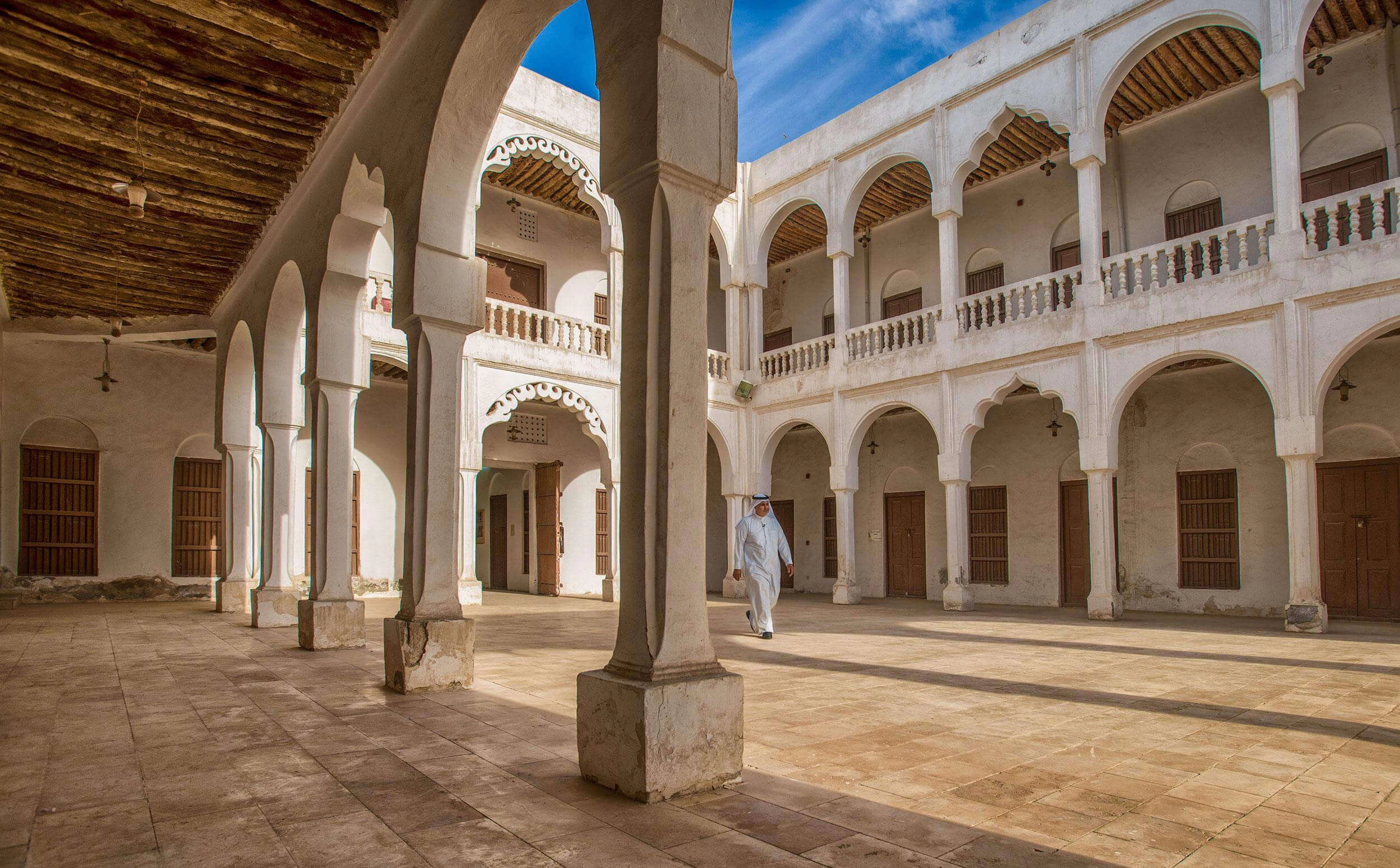About :
Lake Al-Asfar is a famous lake located in the east of the city of Al-Ahsa, and it is one of the largest water pools in the Gulf, as it is unique with all the natural life in it. Lake Al-Asfar was once known as Hajar Lake.
It also has the ability to absorb a large amount of excess water from rains, protecting the area from swamps, and this through open drains. Furthermore, it is an important source of livelihood for the people living in the area, as well as a source of grass, which is used as feed for livestock and small fish found in the lake.
It also helps mainly in the production of important plants such as the Juncus plant, which is used in many important and vital industries, in addition, it has a wonderful landscape, as it is an incubator for many local and migratory birds and animals, and when you visit the area you will find that you are surrounded by a breathtaking nature
The most important feature of Al-Asfar Lake is that it is the first of its kind in the Gulf and in Al-Ahsa Oasis, especially as it is the only lake where fully integrated wildlife lives, and it was announced that the lake was transformed into a nature reserve in 2019 by the Saudi Ministry of environment, where the ministry transformed it in preparation for its rehabilitation and entry into the World Heritage List
The reason for the name of Al-Asfar Lake
The name Al-Asfar Lake was changed from Hajar Lake to Al-Asfar Lake, which is now called for the yellow Fox (Al-Asfar Al-Thaalabi), which previously ruled the area.
Location of Al-Asfar Lake
Al-Asfar Lake is located in the Eastern Province of Saudi Arabia east of Al-Ahsa City and is about 13 km from Al-Amran city
Geology of Al-Asfar Lake
The lake's primary water source is agricultural wastewater, with drainage systems running into a single main canal dumping at the lake's end, and it is fed by private banks with water from palm-watering banks and farms.
Currently, The lake's water now comes from the water of farm irrigation banks, as well as water from treated sewage water. In addition, the role of the lake during winter is to transfer and drain rainwater through channels to preserve that water and also prevent the risk of flooding the land
Al-Asfar Lake in Al-Ahsa
The lake is surrounded by a large number of sand dunes, so getting to the lake is a difficult task, and a lot of different desert plants grow around it very densely, such as Tamarisk, Calligonum, Monilophyta, and Anabasis.
When the summer season arrives and the water recedes, the lake becomes a pasture for camels and sheep, and the lake area serves as an important crossing and station for migratory birds during their season twice a year to move from North to South and vice versa, as well as of various kinds, large and small, such as geese, ducks, bluebells, and sparrows.
It is characteristic of the lake that there are various types of fish in it, and this is a result of lake visitors not fishing in it, also a large number of frogs, amphibian animals, and turtles live inside the lake, and there is a large and diverse number of aquatic weeds and algae that tolerate a high degree of salinity and are useful for the natural life in the lake, such as Hart's-tongue fern, Suaeda, and Chara.
The lake is completely uneven, its depth varies from place to place, and this is determined by the season and the amount of precipitation
For example, in the summer, the percentage of water decays, and the degree of water salinity is higher than in winter.
 العربية
العربية الصينية
الصينية